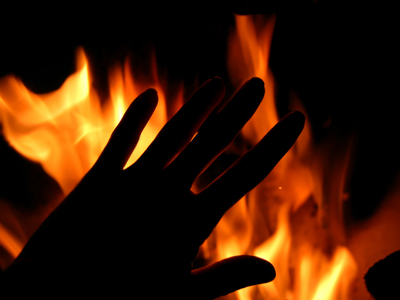
Unit 1 - Reflexes
The nervous system allows an organism to react to its surroundings and coordinate its behaviour, improving its chances of survival. This GCSE Biology quiz takes a closer look at reflexes - the most primitive, yet fundamental, automatic response mechanism.
Our reflexes allow us to take action without thinking, but how? Well, the mechanism works like this - in a reflex reaction, a stimulus is received by receptors and an automatic, rapid response is generated by the central nervous system without the involvement of the brain. In situations where there is a danger to the body, reflex actions can save precious fractions of a second.
This is achieved through what is termed a reflex arc. A reflex arc begins with a receptor. This passes a signal to a sensory neuron that connects to the spinal cord. In the spinal cord, a relay neuron sends the signal directly to a motor neuron. The motor neuron connects to an effector which is generally a muscle so that the body can respond. The relay neuron also sends a signal to the brain so that you are aware of what is happening.
Ready for more?
not all...
quizzers. Try to win a coveted spot on our Hall of Fame Page.







